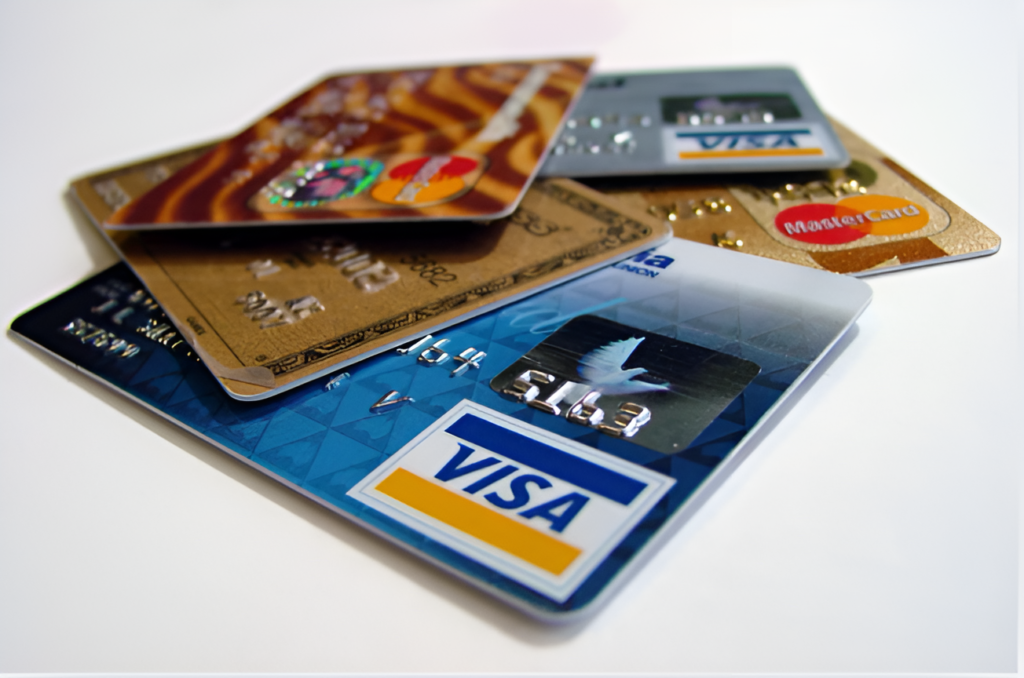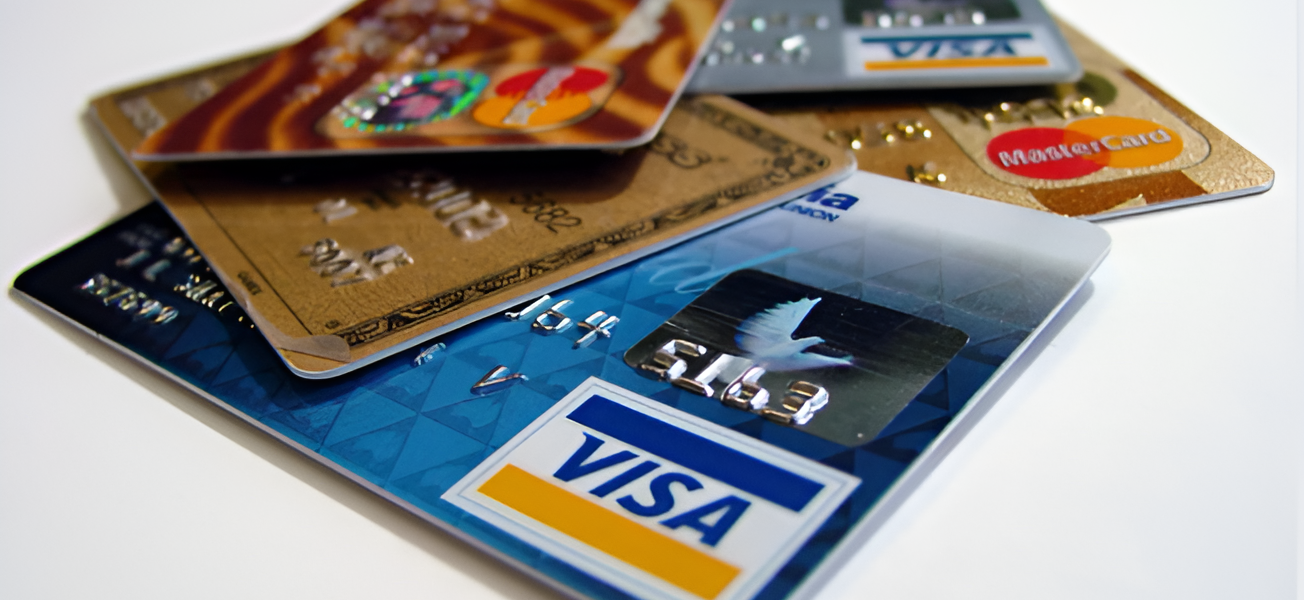
Credit card debt in America has reached an unprecedented $986 billion, with millions of Americans grappling with rising interest rates and inflation. For many, the struggle to manage household finances amidst climbing costs feels overwhelming.
Kim Hollinger, a 46-year-old teacher from Kernville, California, shares her challenges: “I feel set up for failure.” With a maxed-out credit card at $5,000 and a steep 29.7% interest rate, coupled with $80,000 in student loans, she struggles to make ends meet. “At this point, I am working just to survive,” Hollinger laments, with no savings for retirement, emergencies, or vacations.
The Rising Tide of Credit Card Debt
The average credit card balance in the U.S. is now $5,805, a figure inflated by the Federal Reserve’s efforts to curb inflation through interest rate hikes. These hikes have pushed the average credit card interest rate to 19.9%, the highest in 30 years, leaving consumers to shoulder an additional $16 to $20 per month in interest alone.
Ted Rossman, a senior industry analyst at Bankrate, highlights that Gen Xers and those with lower household incomes are the most affected. “Gen X is the sandwich generation—raising kids while caring for elderly parents. These are definitely expensive years.”
Strategies to Reduce Debt
Experts offer practical solutions to tackle credit card debt. Here are some key strategies:
1. Balance Transfers
Transferring a balance from a high-interest credit card to one with a 0% introductory APR can significantly reduce interest costs. Cards from Bank of America, Wells Fargo, and Citi offer no-interest terms for up to 21 months, though they typically charge a 3% to 5% upfront transfer fee.
“Even with fees, you could save hundreds or even thousands of dollars,” says Rossman.
2. Nonprofit Credit Counseling
For those who don’t qualify for 0% APR offers, nonprofit credit counseling agencies like Money Management International can negotiate with creditors to secure lower interest rates, often around 6%, over a fixed repayment period.
“These agencies can be a lifeline,” Rossman explains. “They charge modest fees but provide guidance and structure, which creditors favor because it increases the likelihood of repayment.”
3. Prioritize Payments
Paying at least the minimum balance on time each month is critical to protecting your credit score. Experts recommend focusing on paying off high-interest cards first while making minimum payments on others—a strategy known as the “avalanche method.”
4. Review Spending Habits
Evaluating monthly expenses can reveal areas where cuts can be made, freeing up funds to pay down debt faster.
Facing the Future
The burden of debt may feel insurmountable, but with strategic actions and guidance, consumers can find a path forward. Margaret Poe, head of consumer credit education at TransUnion, emphasizes the importance of persistence and planning: “By paying on time and a bit extra when possible, you can reduce the long-term cost of credit and regain financial control.”
For Americans like Hollinger, managing debt amid today’s challenges requires patience, resourcefulness, and access to the right tools and resources. With discipline and the support of available programs, there’s hope for financial recovery





